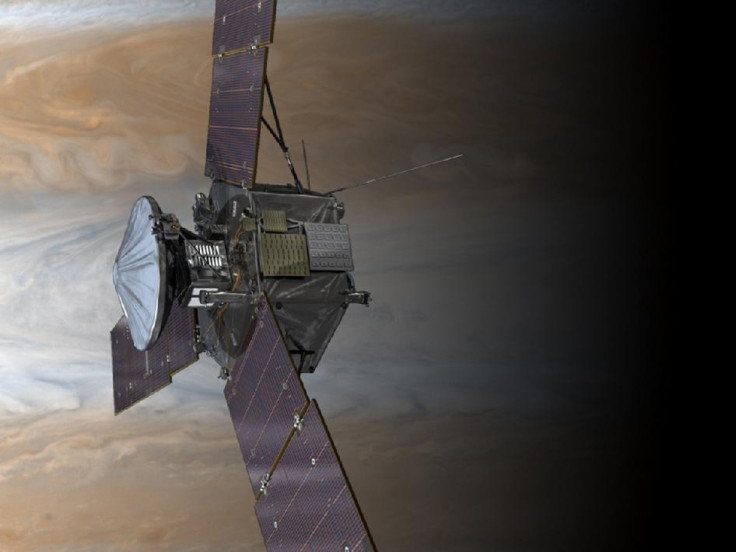NASA Looks to Unlock Jupiter?s Mysteries

NASA's Juno mission will look to unlock the mysteries of Jupiter's magnetic field, one of the strangest in the planet.
The mission will kick off a five-year, 400-million-mile voyage this month and send the Juno spacecraft to the biggest planet in the solar system. Juno will orbit the planet for a year. During this year, its set to investigate its origin and evolution while measuring its gravity field as well as the measure water and ammonia in its atmosphere.
Juno is equipped with two magnetometers, which can measure the magnetic field of Jupiter's magnitude and direction with greater accuracy than any previous instrument. The two magnetometers are about 6-1/2 feet apart on the magnetometer boom, which is fastened to the end of one of the three solar arrays.
It will reveal the field for the first time in high-def. The instruments will be able to measure the magnetic field about 60 times per second while the entire spacecraft spins twice each minute
"Valuable information about Jupiter's magnetic field was gathered by the Pioneer 10 and 11 missions in the early 1970s and Voyagers 1 and 2 in the late '70s," NASA Goddard's Jack Connerney, Juno's deputy principal investigator and head of the magnetometer team said to NASA.com. "But previous spacecraft orbited among Jupiter's moons; Juno, a polar orbiter, will be the first magnetic mapping mission to Jupiter."
According to Steven Levin of NASA's Jet Propulsion Laboratory, mapping the magnetic field of Jupiter will expose information on its internal structure. While the planet has the most powerful magnetic field of any planet (and thus the hardest to penetrate) it is gaseous and thus easy to view. The Earth's magnetic field on the other hand is hidden behind a layer of magnetized crustal rock.
"The Juno spacecraft will pass repeatedly just above Jupiter's surface, so we will get closer to the dynamo there than we could on any other planet in the solar system," said Connerney.
In addition to being the closest spacecraft to get to Jupiter's surface, Juno will also be the first to orbit Jupiter pole to pole. It will pass the planet's north and south poles during the close-in part of its orbit.
Each of the magnetometers has star cameras to determine the sensor's exact orientation in space. The cameras will take an image of the night sky every four seconds. The camera can identify all of the bright objects in its field and has an algorithm to compare those to known stars. The sensor's orientation is the one that matches the stars in the catalog.
© Copyright IBTimes 2024. All rights reserved.





















